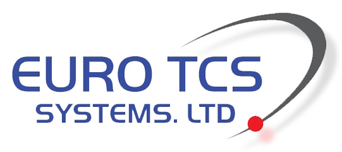 |
|
|
Anti-CollisionOn sites where there is a risk of a collision by a Tower Crane, the TAC 3000 can provide both early warning and anti-collision cover. Possible hazards include power lines/railways/neighboring buildings or more commonly other cranes. Due to the intense nature of modern construction sites-often requiring several cranes in a concentrated area, the threat of a collision from another crane is amplified. Moreover, because tower cranes are dynamic and move around whereas other threats are static, there is a greater risk of collision between cranes than that posed by static objects. Early Warning Anti-Collision
Firstly (Green Circle) as the crane nears a threat, the TAC 3000 automatically slows the crane to step 1 to decelerate movement of the jib/trolley. Secondly (yellow circle) power to the jib is cut, allowing it to coast in the direction the operator wishes, but without full power-gradually reducing its speed. This is comparable to depressing the clutch on a slow moving car to remove power. Finally (Red circle) a brake is applied to the crane to prevent it moving in the direction of the threat. This is more like the application of a handbrake in a car once it has stopped to prevent it moving further, rather than actually stopping the crane with the brake. The crane operator still has control of the crane and can move it in the opposite direction to the threat. The TAC 3000 LCD monitor in the cab will display each of the above actions at all stages and show the operator where the threat is coming from. Parameters such as the size of the slow, cut and brake zones and the safe distance to be maintained between cranes etc are all customisable and will vary on each individual crane, depending on the make and model being used and the conditions on the jobsite. |
